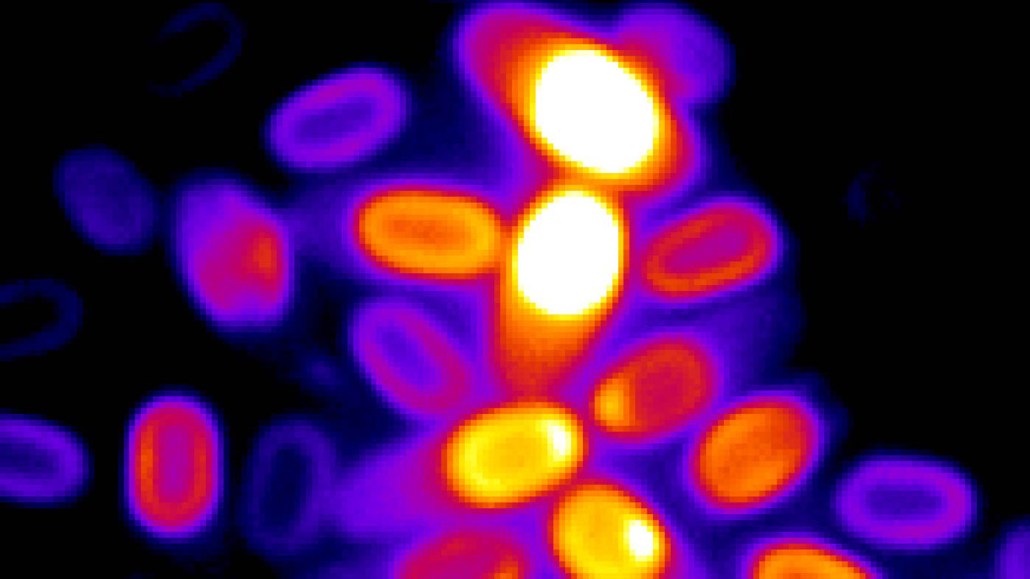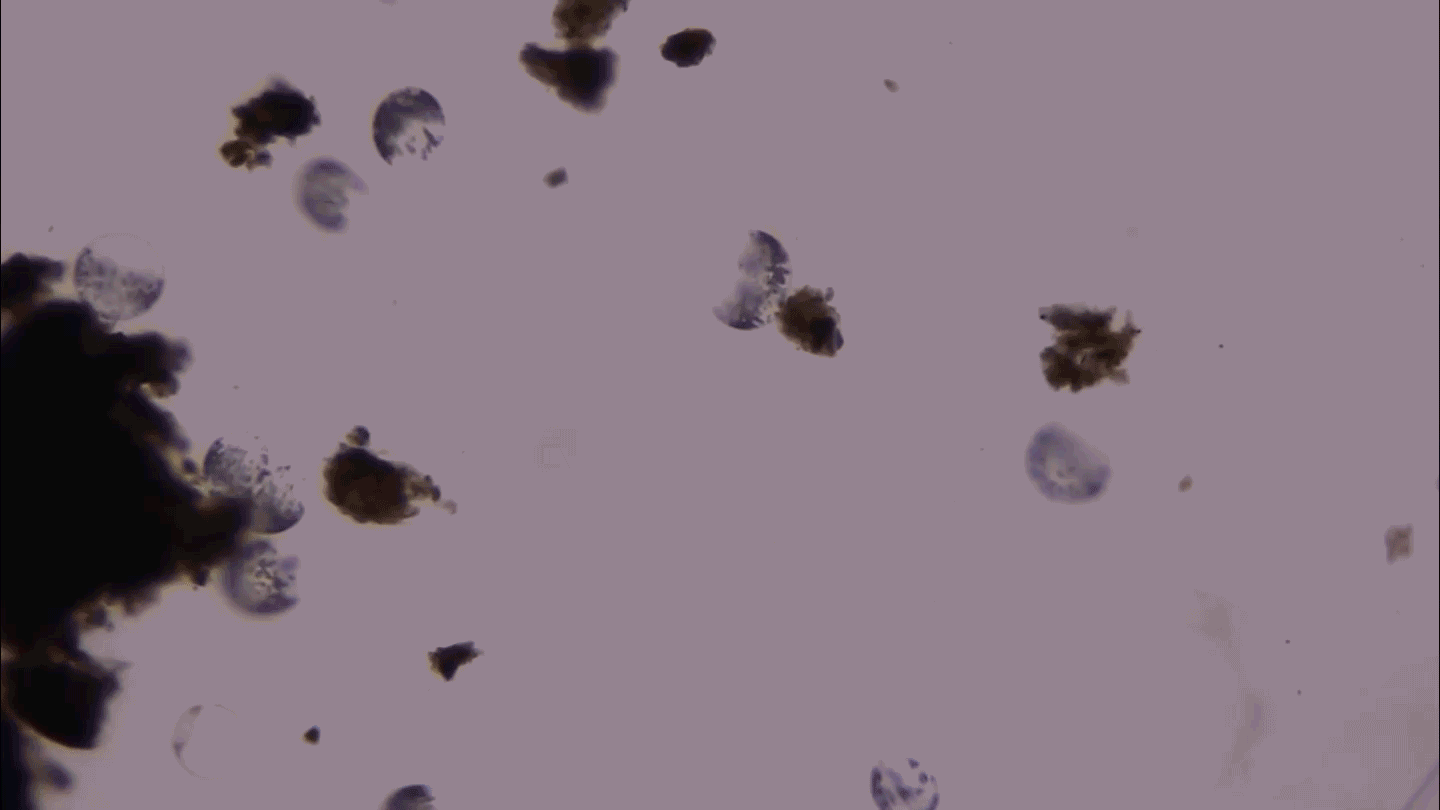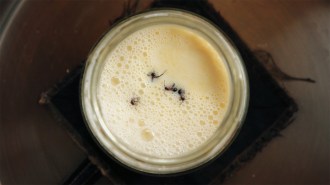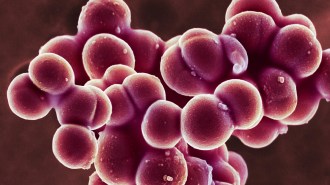How dormant bacteria spores sense when it’s time to come back to life
An internal countdown signals when environmental conditions are safe for bacteria to revive

Researchers used colorful dyes to illuminate the electrical charges of Bacillus subtilis spores, as seen here, to track how the bacteria responded to pulses of nutrients. Bacteria like these become dormant to survive tough environments, but it wasn’t previously known how they sense when to wake up.
K. Kikuchi and Leticia Galera/Suel Lab







